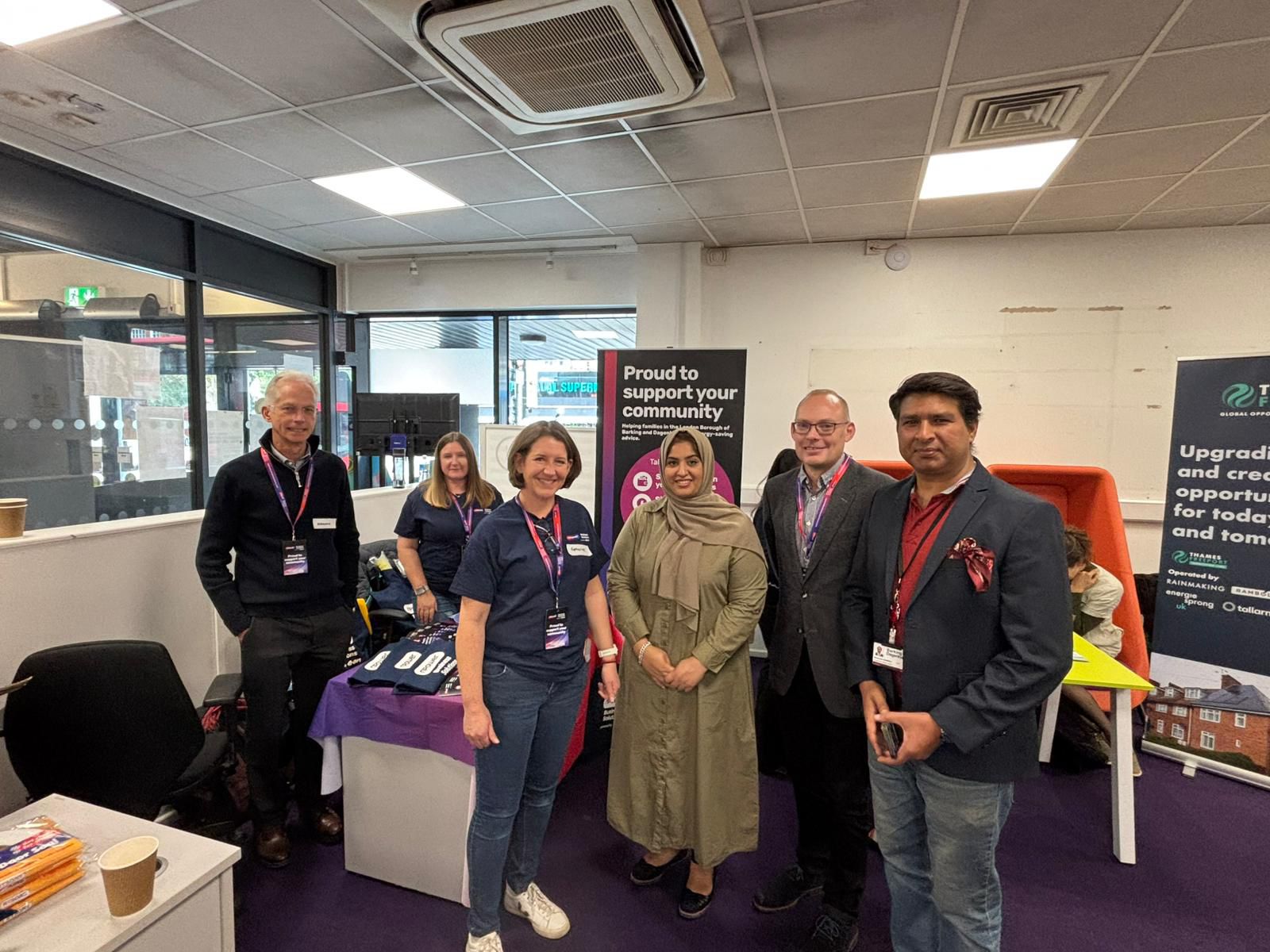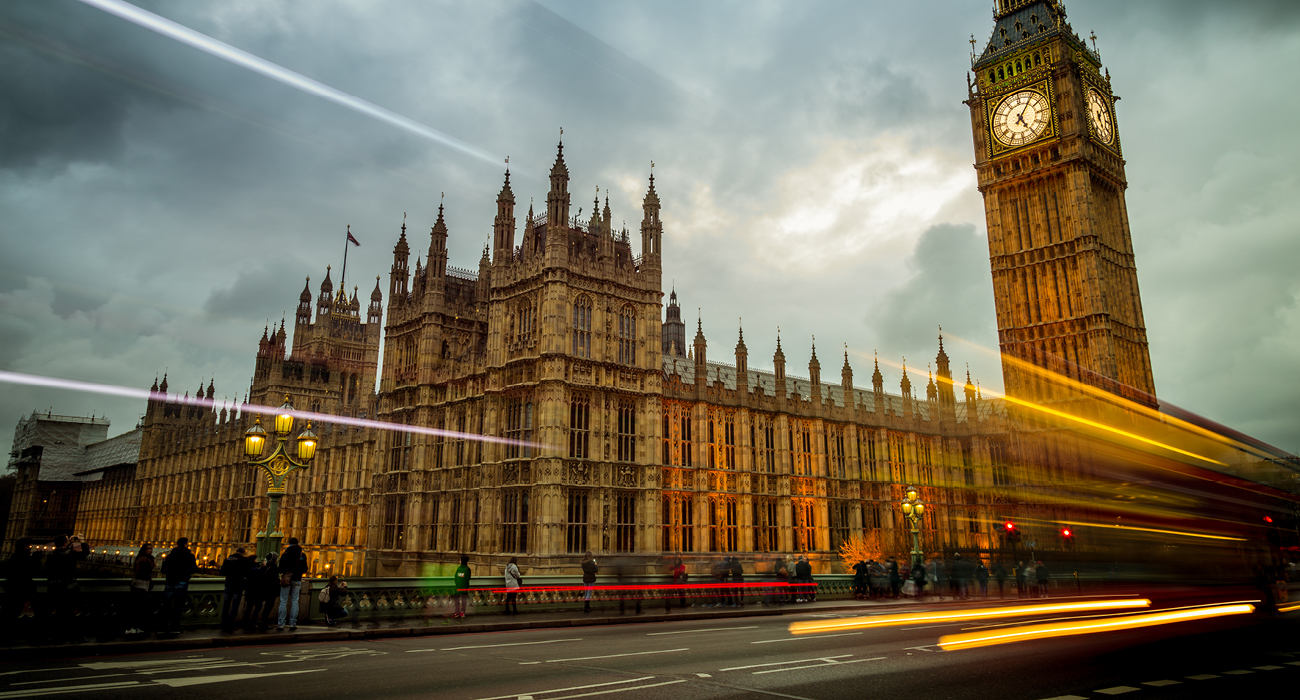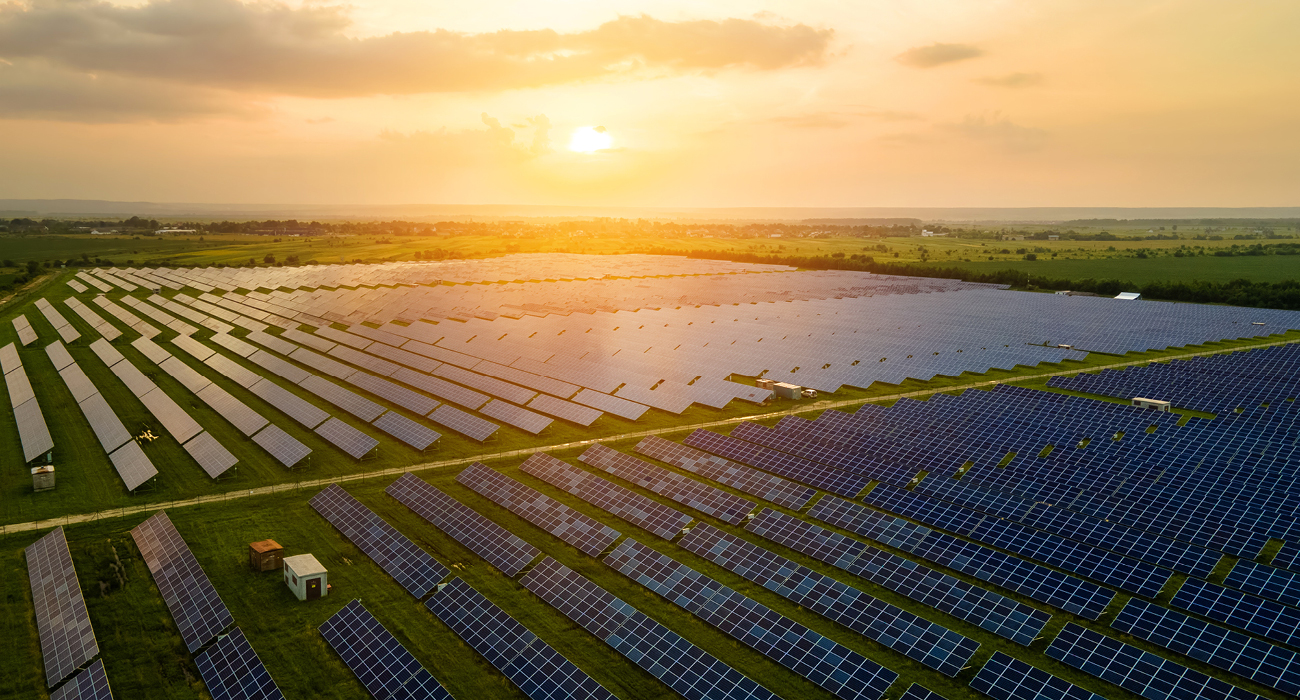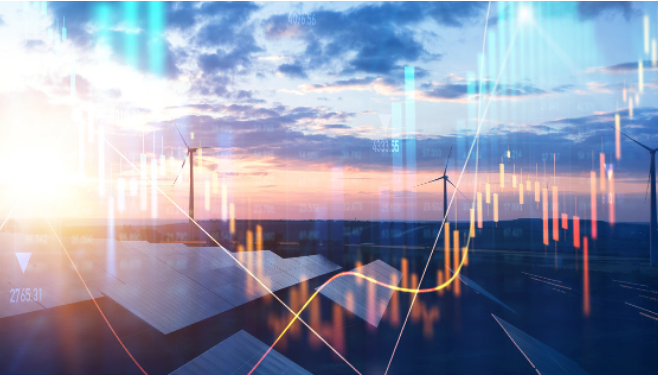With news of so many energy suppliers going bust, you may have heard us talk about the Supplier of Last Resort (SoLR) process, and how the cost of this is then passed onto consumers. Industry expert Claire Caple explains more – and how this is likely to impact your energy costs.
Q: What is an SoLR and LRSP?
A: When an energy company goes bust, the SoLR process ensures continuity of supply for customers – business or domestic – by requiring other suppliers to take them on. Ofgem then assigns the affected customers to a new supplier, who can claim costs such as administration expenses. These costs are paid via a Last Resort Supplier Payment (LRSP), which is funded by Distribution Network Operators (DNOs), who own and operate the power lines and infrastructure that connect energy networks to properties and buildings.
DNOs subsequently reclaim these costs by increasing future charges. For electricity, this is included in the Distribution Use of System (DUoS) charge – but only for domestic customers. For gas, this has historically been included in gas distribution charges - but only as a temporary measure (more on this below).
Q: What changed in 2021?
A: Following sky-high wholesale costs, 2021 saw almost 30 energy suppliers go bust. As a result, Ofgem made some further changes to the SoLR process:
- Suppliers may now claim the cost difference between the price cap allowance and the very high wholesale prices they must pay to secure supply for the new customers they take on
- Suppliers may now submit two claims instead of one to enable some earlier payment – an initial claim and a further claim for any remaining costs
- The deadline for claims with payment from April 2022 has been extended, to allow all 2021 failures to be claimed
Q: What upcoming changes can be expected?
A: Ofgem has raised a consultation about utilising finance options via bank lenders to reduce the pressure on DNOs, and also increase the uptake of those who are willing to take on the customers of failed energy suppliers.
In addition, Ofgem is aiming to bring in a new charge for gas specifically for SoLR. As above, currently these costs are applied through gas distribution charges to business customers, despite being largely accumulated from the domestic sector in 2021.
Q: What does this mean for businesses?
A: The new SoLR charging methodology would ensure that costs are charged back to the sector from which they originate, making the scheme fairer, and less costly for business customers.
As you will no doubt be aware, the domestic price cap is set to increase significantly in April 2022. This is primarily the result of the vast increase in wholesale prices – but also due to the number of LRSP claims already submitted. The proposed new way of charging SoLR costs for gas would also mean further increases for domestic customers, which means business customers would benefit by paying less in gas charges.
To find out how this information is likely to impact your business’s energy costs, you can talk to your Client Lead or Account Manager, or email us at info@npowerbusinesssolutions.com.

.png)
/npm214%20Digital_H_UB108.jpg)

/npm214%20Digital_H_UB95.jpg)

/npm214%20Digital_H_UB43.jpg)



/Author%20Profile%20Caple_Claire_W.png)
